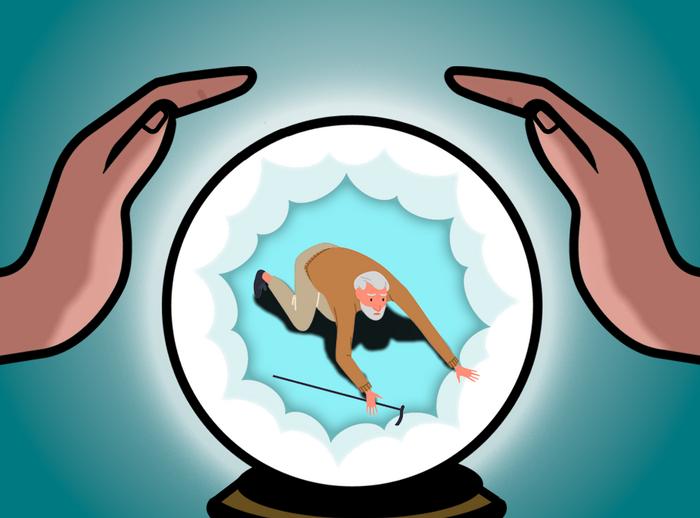Osaka, Japan — An aging society has posed a new global problem, the risk of falling. It is estimated that 1 in 3 adults over the age of 65 falls each year and the resulting injuries are becoming more prevalent.

Credit: Osaka Metropolitan University
Osaka, Japan — An aging society has posed a new global problem, the risk of falling. It is estimated that 1 in 3 adults over the age of 65 falls each year and the resulting injuries are becoming more prevalent.
To tackle this growing issue, Associate Professor Hiromitsu Toyoda and Specially Appointed Professor Tadashi Okano from Osaka Metropolitan University’s Graduate School of Medicine, together with Professor Chisato Hayashi from the University of Hyogo, have developed a formula and assessment tool for estimating fall risks that is simple for older adults to use. The tool was developed using data collected from older adults over a ten-year period from April 2010 to December 2019.
The research team reviewed a total of 7,726 physical tests and data from the Japanese government’s Kihon Checklist self-reporting questionnaire of 2,381 participants who participated in community-based exercise groups. The data was analyzed under a contractual agreement between Sumoto City in Hyogo Prefecture and the University of Hyogo.
A history of falls and the inability to stand on one leg were previously reported as the primary indicators for fall risks, but the recent analysis found that poor oral and cognitive function were also contributing factors. Additionally, short-term participation in the exercise program was found to be ineffective.
“We believe that this tool will provide valuable information to health care providers for screening older adults at risk for falls and assist them in prevention and follow-up care,” said Professor Toyoda. “We hope that municipalities will make extensive use of the system because preventing falls among older adults not only extends their life expectancy, but also helps control medical and long-term care costs.”
The results were published in Osteoporosis International.
###
About OMU
Established in Osaka as one of the largest public universities in Japan, Osaka Metropolitan University is committed to shaping the future of society through “Convergence of Knowledge” and the promotion of world-class research. For more research news, visit https://www.omu.ac.jp/en/ and follow us on social media: X, Facebook, Instagram, LinkedIn.
Journal
Osteoporosis International
DOI
10.1007/s00198-024-07148-8
Method of Research
Observational study
Subject of Research
People
Article Title
Development and validation of a prediction model for falls among older people using community-based data
Article Publication Date
15-Jun-2024
COI Statement
The authors declare no competing interests.




